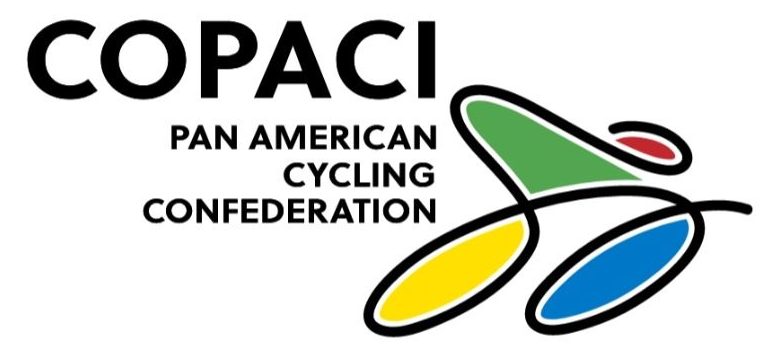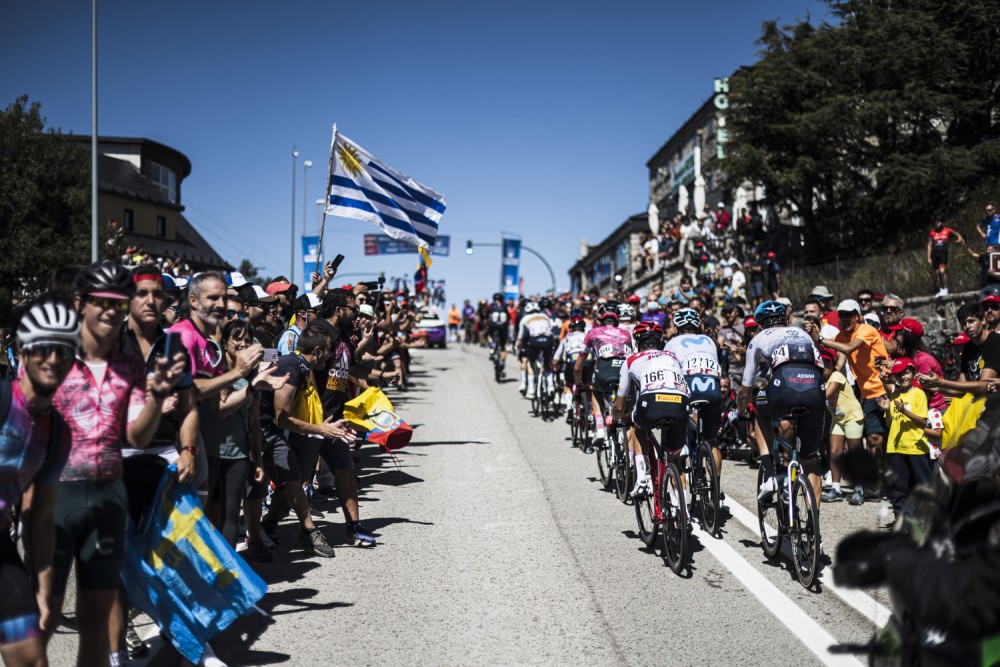In full hangover after the Tour de France and the unusual unified World Championship, it is the turn of La Vuelta a España 2023, which will take place from August 26 to September 17 with a truly luxurious participation that promises to make us vibrate. since its start in Barcelona.
It will be the last chance for cyclists who have not been able to meet their objectives throughout the year, an option to round off a great season for others and a priority objective for some. The Vuelta a España 2023 is presented one more year, a priori, as an exciting test, this year if possible, more than ever, at least if we look at the last campaigns.
All this despite the fact that, at the beginning of the season, few were those who bet on the relevance of La Vuelta due to the conditioning of the dates chosen for the new Cycling World Super Championship and that have caused many to practically put an end to their season. 2023 after it.
A great participation that will also be seasoned by a journey with hardness very distributed throughout its three weeks in a varied route in which we will not know when the surprise may spring.
The Vuelta a España continues to consolidate a proposal in which the hardness is distributed equally throughout the three weeks that the race lasts, to which are added stages of contained mileage and high finishes.
The Vuelta a España 2023 will begin in the streets of Barcelona with a team time trial of just over 14 kilometers that should not be relevant for the general classification.
However, already in the 3rd stage we will begin to see movement with a day that ends in the Andorran station of Pal-Arinsal after passing through the Coll d’Ordino and in which we could begin to see some movement among the favourites, mainly due to the game that two chained climbs can give with only a few flat kilometers in between and the important hardness of some sections of the last climb.
Just three days later, there will be a new finish on the rise with the arrival located in the Javalambre ski resort, in a stage very similar to the one won by Ángel Madrazo in the 2019 edition. Propitious terrain for escapes, without great difficulties, but with tremendously hard terrain and hardly any rest.
The first week will conclude with the dispute of a medium-mountain stage ending in one of the classics in the province of Alicante such as the short, but very hard Xorret de Catí. The race will travel to Murcia the next day for a new finish on the hill, this time in the town of Caravaca de la Cruz.
The second week will start strong after the rest day with the dispute of the only individual time trial with a semi-urban route through the streets of the city of Valladolid, which will undoubtedly reduce the importance of the influence that the wind usually has in these parts.
Even so, the long straights that mark the layout, an almost flat profile make it a place where specialists can bring out their qualities. After what we experienced in the Tour, we promise not to comment on the 25.8 km of it, which, on paper, should not show great differences, although, with a beast like Remco Evenepoel in the running, who knows what can happen.
Without rest, the peloton will head to Soria to face a single port stage with the ascent to Laguna Negra de Urbión. A day in which, like the other time the race came this far, it is not likely that the differences will exceed a few seconds due to the little hardness that this climb offers.
In fact, it is more likely that the next day’s session between Ólvega and Zaragoza could be more decisive, especially due to the orientation of the route in the last 60 kilometers that leave the peloton at the mercy of the feared Cierzo if it decides to make an appearance.
Thus we arrive at what are surely the most decisive days of the race with some Pyrenees that have a special role in this edition of La Vuelta 2023, beginning with the stage that will lead the peloton from the Formigal ski resort to the top of Tourmalet, after passing through the Aubisque and Spandelles. Very hard day to which we can only put the but of its very poor 134 km.
The next day’s stage will be as hard or more, where the race will ascend what they have called Col Hourcére, which is none other than what is usually known as Col d’Issarbe, one of the slopes of the Piedra de San Martín massif.
After him, instead of continuing up towards the Spanish border, the race will descend along the Col de Soudet road to head towards what is probably one of the toughest passes in the Pyrenees, the mythical Larrau that made even Miguel himself give up. Indurain.
The small port of Laza will remain as dessert of this day and a final stage in what is known, on this side, as the port of Belagua, which is none other than the famous stone of San Martín, although its Navarrese face does not show inhuman hardness. of its 6 French sides, but which, without a doubt, after the battle that could take place in the Larrau, could give more than one surprise.
And the second week will close with a leg-breaking stage on the way to Lekunberri which, after the hardness accumulated in the previous two days, should be a good opportunity for the stage hunters to play their tricks.
The peloton will face the second rest day in Santander and from there, face the usual journey through the lands irrigated by the Cantabrian Sea, beginning with a day of coastal travel and a new finish on the hill of those so common in La Vuelta, in this case, in the town of Bejes.
It will be the prelude to the arrival of the mythical Angliru, in another day of Junior race mileage and that will offer us, prior to the final ascent, the steps through Colladiella and Cordal. Perhaps the organization of La Vuelta may play a mistake by not having wanted to make this stage too hard, since the next day the cyclists will face another segment, this one, of 179 km in which they will ascend the fearsome Puerto de San Lorenzo and will finish off the day with a double ascent to La Cruz de Linares, where the end will be located in the second of the steps.
From here the return should come out fully sentenced, although, as is always said, although it rarely happens, there will be one last day in the Sierra de Guadarrama, this time, with a totally different proposal from the well-known ports.
In its place, the organization has sought a ratonero route in the surroundings of San Lorenzo del Escorial with a circuit in which there are a total of no less than 10 scoring ports. As a reference, we refer you to the Spanish Championship that was played on these same roads shortly before the Tour so that you can see the game that the day can give.
Source: www.brujulabike.com

